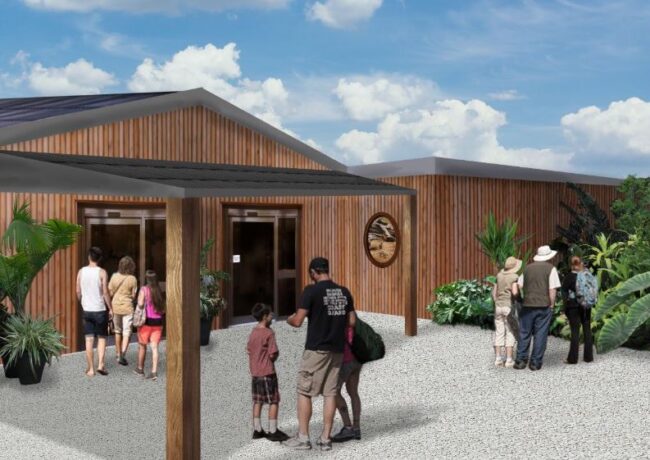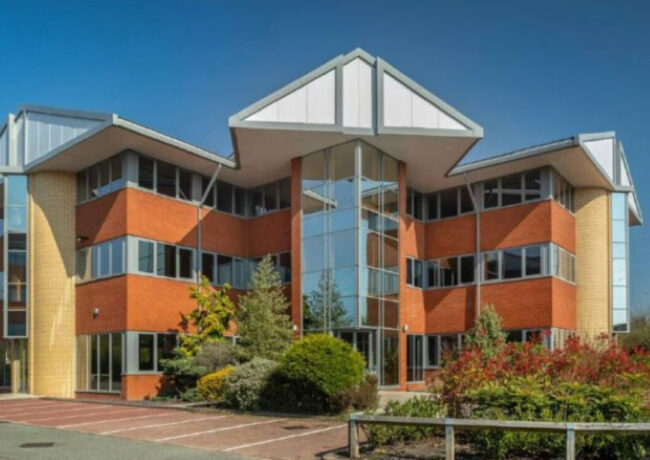H1: Energetic planning
 Shale gas has been high on the agenda and while the Government has made steps towards confirming its place in the energy mix, we are still waiting for its potential to be tapped, writes Graham Stock, partner at Deloitte Real Estate.
Shale gas has been high on the agenda and while the Government has made steps towards confirming its place in the energy mix, we are still waiting for its potential to be tapped, writes Graham Stock, partner at Deloitte Real Estate.
According to the British Geological Survey report the potential of shale gas is huge; even if only 10% is extracted, it could potentially meet the country's demand for gas for the next 40 years.
The extraction processes are well known in the USA, but further investment in the required technology, and the skills to deliver it, are required here.
The interest however is very real. Centrica, owner of British Gas, has bought a 25% stake in the Bowland shale exploration licence of fracking firm Cuadrilla. This will test Britain's shale gas potential, in a deal worth up to £160m.
The Bowland licence area stretches across 450 square miles of Lancashire between Blackpool and Preston, although the sites where the actual extraction would take place only involve a fraction of this area.
Deloitte estimated that shale gas production at Bowland Basin could generate tax revenues of around £580m a year by 2020, while the local authority, Lancashire, could receive in excess of £54.5m a year related to business rates: equivalent to 3% of the current Lancashire Council budget or 13% of the council tax charges to local residents if the development goes ahead.
Under the National Grid Gone Green scenario, by 2020, some 69% of total UK gas consumption will be imported. The Bowland Basin development could offset around 14% of this import requirement in 2020.
The development could also support up to a peak employment of between 6,900 and 23,600 jobs. The benefits make perfect business sense, but there is still work to do to win the hearts and minds of the local communities who have been concerned by horror stories in the media of earthquakes.
It is perhaps a little surprising that there is still so much ambiguity around shale gas extraction. Fracking isn't new; of the 2,000 on-shore wells drilled in the UK since 1980, 10% were fracked to increase recovery rates. On-shore oil and gas extraction isn't new either; the UK's largest on-shore oil and gas field is in an area of outstanding natural beauty in Dorset.
Shale gas extraction offers real opportunities, not just around improving the UK's energy security situation and generating extra tax revenues, but in the creation of North West jobs and the up-skilling of our workforce. This should be achieved with appropriate monitoring and regulation, in a spirit of openness that ensures that questions are answered and concerns addressed.
While fracking has potentially been the hottest topic of H1, momentum in the wind energy sector has picked up as the Government aims to realise green energy targets.
The UK aims to have 15% of its energy from renewables by 2020 but the EU wants to push this further, aiming for 20%. We are currently achieving levels around 4% to 5%. Wind energy has a pivotal role to play in meeting the Government's agenda for a greener energy policy towards 2020 and, in the Government's own words, 'in the decades beyond'.
While the importance of wind energy has been recognised, the challenge of securing planning permission for turbines remains a hurdle, as does the issue of local communities accepting the physical infrastructure of windfarms.
However, new initiatives to get public backing may see some change on that front, as community benefits proposals aim to get local peoples' buy-in from the off. The concept of community gain from development is a well-established part of the UK system; we've had payments for new schools, parks and public transport for years, under section 106 agreements, where developers have supported the council with the cost of infrastructure.
The wind industry has set up a Community Benefits Protocol to ensure that communities playing host to windfarms do feel the benefit of their presence. Offering cheaper electricity bills is arguably by a more direct route into local residents' pockets, and it will be interesting to see how the initiative translates in terms of community backing for wind farms. Obviously it will be a cost for developers, but this would need to be weighed by them against the certainty of securing planning permission.
The planning system needs to deliver the development that the country needs, and that has to build into its consideration the views of local communities. Seeking to align the two interests has obvious attractions. Perhaps we will see this protocol rolled out in areas where fracking is being explored.




